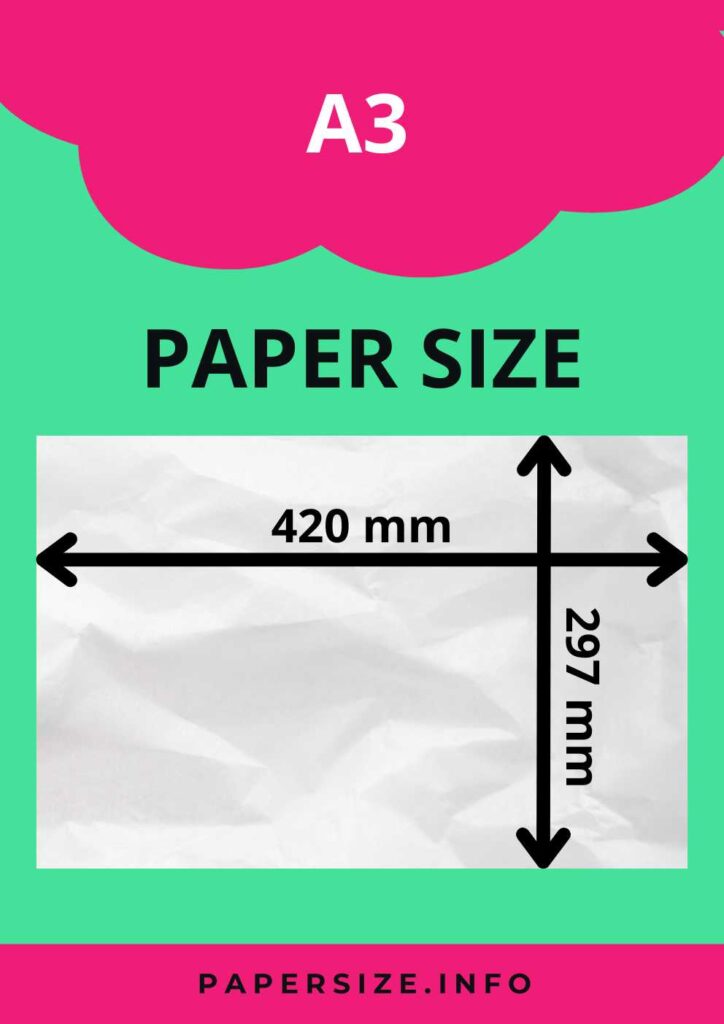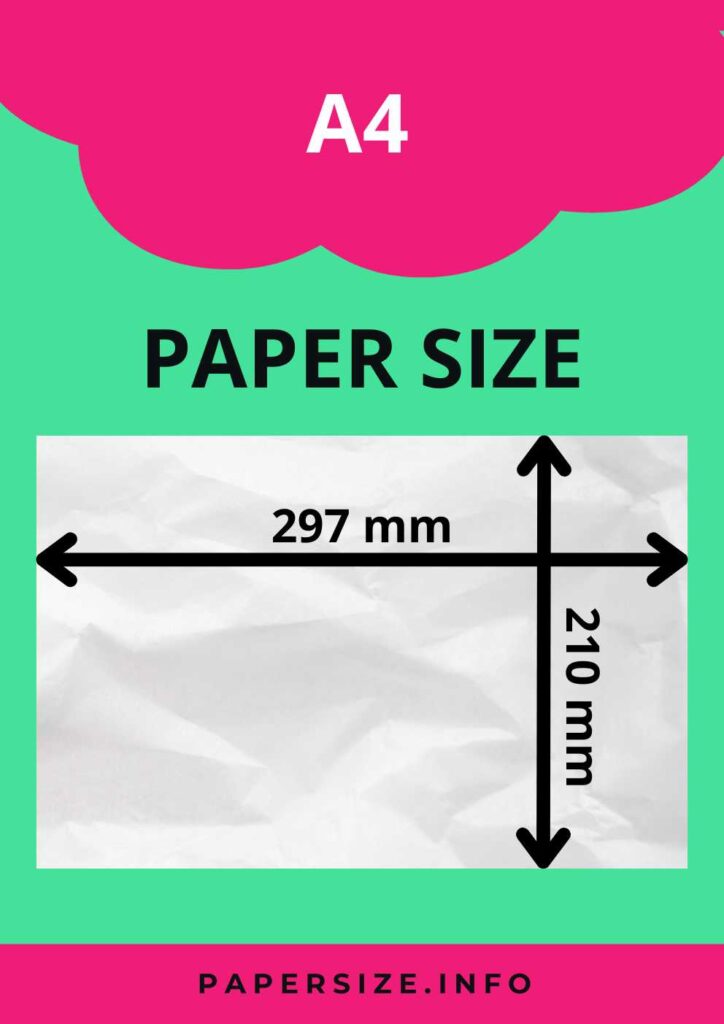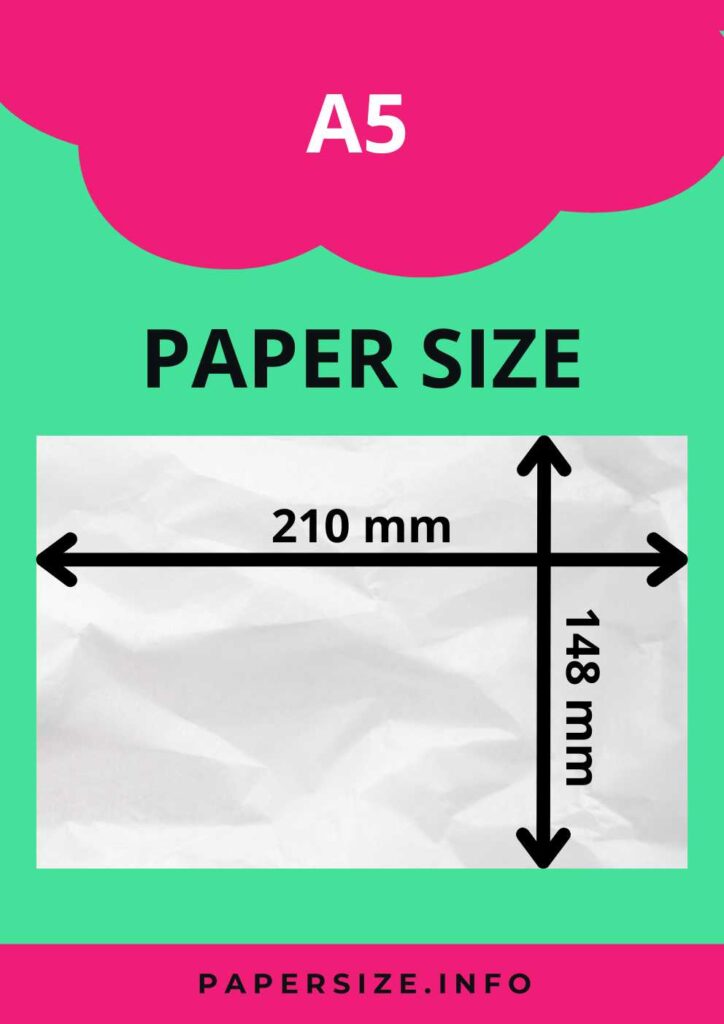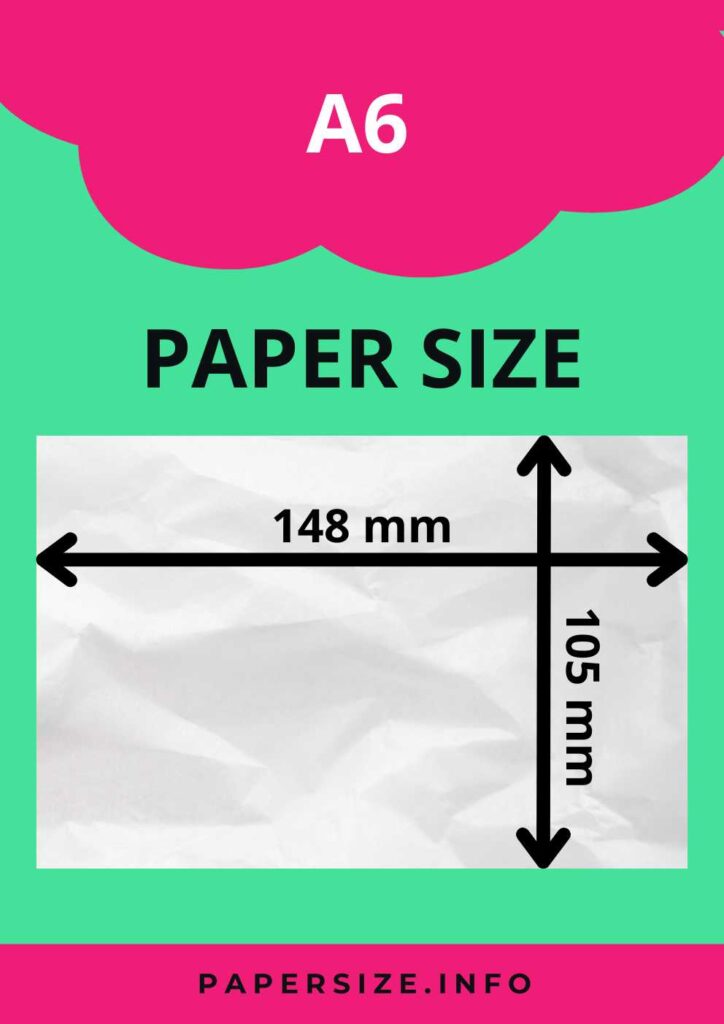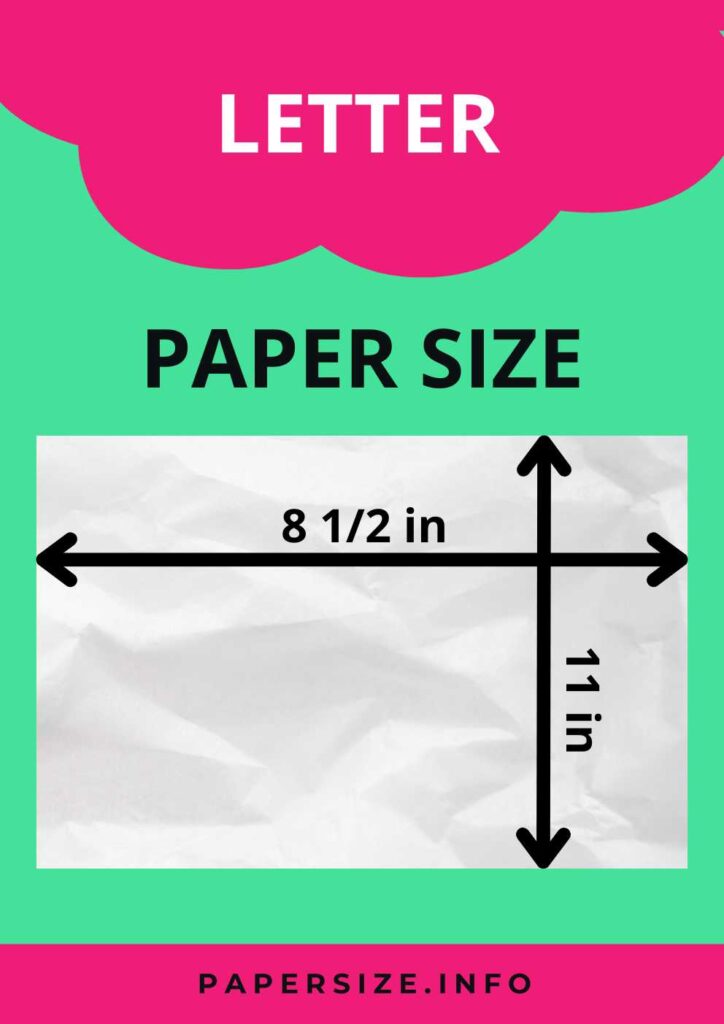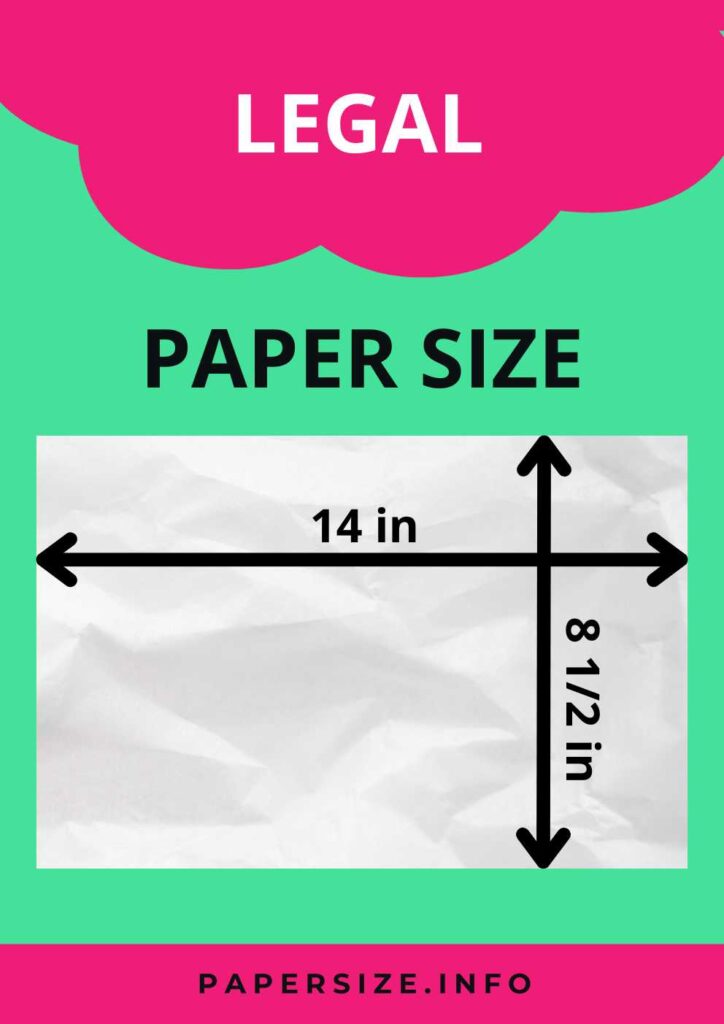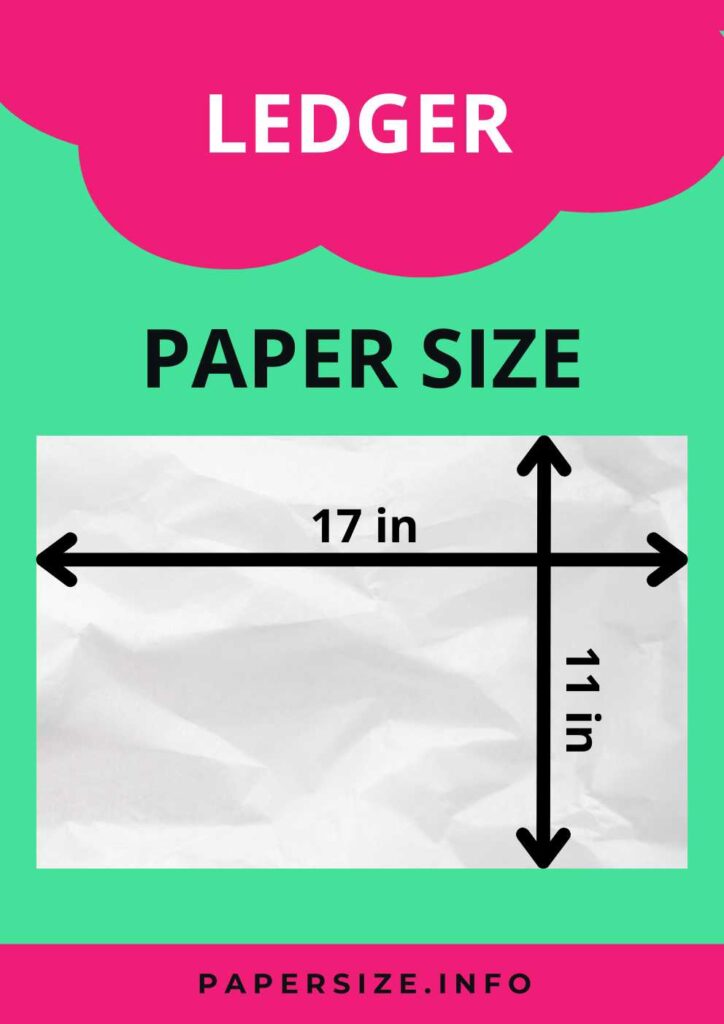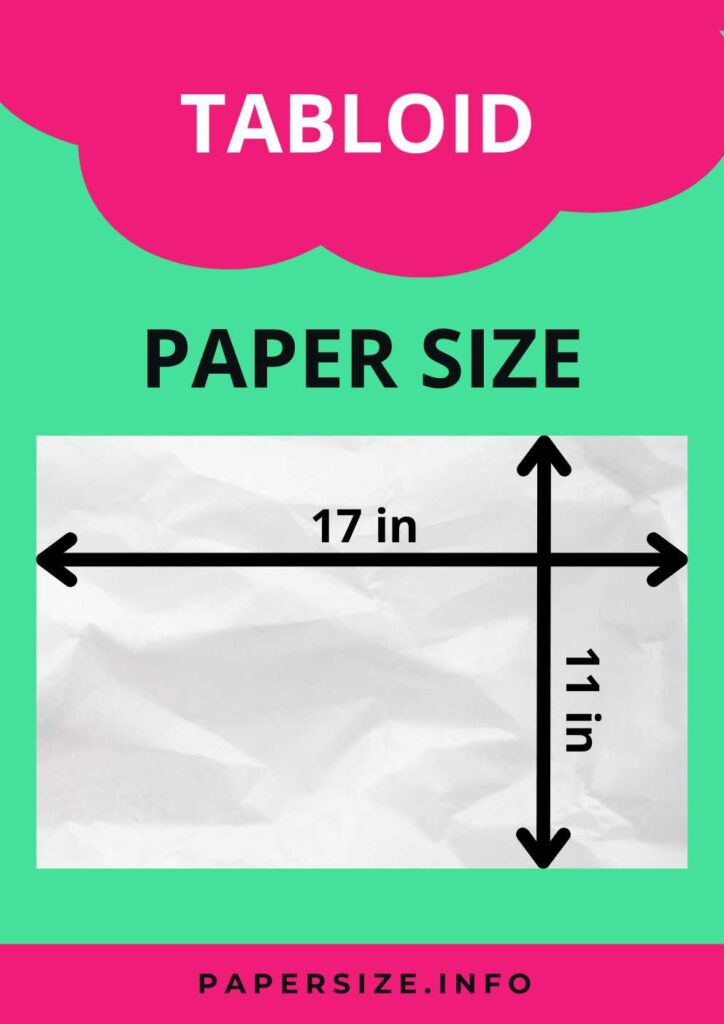Paper Sizes and Paper Dimensions
Most commonly used “A” Series Paper Sizes
American (US) Paper Sizes
The Standardization of Paper Sizes
The history and significance of paper size standardization in the modern world are quite noteworthy. The introduction of standardized paper sizes began in Germany during the 1920s, marking an important step towards harmonization among different countries and industries. In Hungary, this process started in 1936, originally based on the German DIN standard, which later transitioned to the international ISO standard. This change represented not just a technical update, but was part of a broader alignment across many parts of the world.
The close relationship between ISO and DIN standards allows us to follow a globally accepted standard system for paper sizes. The importance of this extends far beyond the mere standardization of sizes. Standard paper sizes are crucial for the modern business, educational, and printing industries as these systems ensure smooth communication and document exchange between different countries and sectors. Using a uniform size system reduces the possibilities for errors, optimizes printing and manufacturing processes, and contributes to environmental conservation efforts by improving the efficiency of paper usage.
Benefits of Standardization
- Simplified Communication: Using standard sizes unifies communication among manufacturers, printers, and end-users, thereby avoiding misunderstandings related to size.
- Cost Efficiency: Standardization reduces printing and manufacturing costs as paper manufacturers can produce large quantities of a particular size, reducing production costs.
- Efficient Design: Designers and graphic artists know in advance what size paper they will work with, which facilitates their work and optimizes the design process.
- Environmental Protection: Standard sizes can help reduce paper waste as both manufacturers and users can use paper more efficiently.
System of Standard Paper Sizes
The most widespread standardization system is ISO 216, which defines two main series of paper sizes: the A and B series, along with a less used C series primarily for envelopes.
- A Series: Starting with A0, which has an area of one square meter, the sizes in the “A” series halve each time the paper is folded down to A8. The A4 size is the most commonly used office paper size.
- B Series: The sizes of B series papers are intermediate between the sizes of the A series, larger than the corresponding A size but smaller than the next A size. These sizes are often used for special applications.
- C Series: Primarily reserved for envelopes, and designed so that sheets of paper from the corresponding “A” series can be easily inserted.
The ISO 216 standard operates based on a √2 aspect ratio, which allows paper sizes to maintain the same ratio when folded or joined together, thus promoting versatile use of sizes and material efficiency.
Understanding the differences and ratios between the A, B, and C series – each based on a unique aspect ratio system – is crucial in the world of design and printing. The relationships among these series enable versatile use and comparison of paper sizes.
